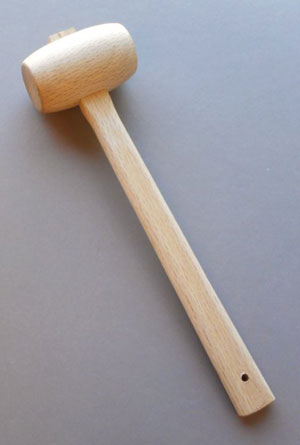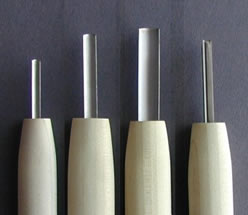
But we intend to have some fun trying! * * *

Woodblock prints can be like that, but as no automation in their production is possible (to do so would be to defeat the purpose of the exercise), it is a terrific challenge to make them affordable. I am going to publish some prints - on a very small scale at first - and see if I can find the combination of image, quality, price, and presentation, that will achieve that goal.Įverybody in society these days has become used to an ever-rising 'standard of quality' the manufactured goods we see around us are for the most part incredibly sophisticated in their design and construction. Mokuhankan is my attempt to see if traditional woodblock printmaking can perhaps find a place in contemporary society. given that the prints can be interesting, and interesting to basically anybody, is traditional woodblock printmaking something that we should just let fade away? Or is it something that can still play a part in our lives, and which can still add value to society? I think you know my answer.

I think it is no insult to them to say that they are 'perfectly normal and typical' members of society. For the most part, these collectors have not been 'specialists', or people with any particular knowledge or interest in printmaking.

in the seventeen years since I started publishing woodblock prints, I have sent out more than 20,000 of them to collectors here and in other countries.at every single one of my exhibitions for nearly two decades now, I have met any number of people who see the prints on display, study the descriptive material, chat with me for a bit about them, and then say something like this, "I had no idea that woodblock prints were so interesting!".how do the following points fit into that picture? The attention of people in our modern society is focussed on other forms of image production, as of course it should be.īut. Although woodblock printmaking itself is 'alive and well', with amateur groups flourishing in any sizeable community, the publishing of woodblock prints has fallen on hard times, and for most people in this society, the idea of purchasing a woodblock print would simply never enter their mind.Īt first glance, there is nothing unusual or 'bad' about this printmaking had a very good run in this country over a period of hundreds of years, but all things come to an end, all societies change, and there is no reason to expect that any tradition can (or should) continue indefinitely. Traditional woodblock printmaking hasn't been doing too well here in Japan recently. (I should warn you though, this is a kind of 'hobby horse' for me and once I climb onto it, I might go on a bit. I will select the prints, I will hire the craftsmen, I will organize the sales/distribution and the events, and most importantly - I will set the standards by which this organization will operate, and that. Over on my website, I display and distribute the woodblock prints that come off my own carving and printing benches the prints you will see here on Mokuhankan have a different origin - other craftsmen will be involved in the carving and printing (although I too, will be joining the production crew on occasion). Mokuhankan is a woodblock print publishing venture established by myself - Tokyo printmaker David Bull. So coming after mokuhan, it will imply that this is the place where we will find woodblocks!Ĭoming up with an English phrase that captures the same nuance isn't easy, so let's leave it at that - welcome to Mokuhankan! After bijutsu (arts), it signifies a museum or gallery ( bijutsukan). Appearing after tosho (books) it tells us that this is a library ( toshokan). Here though, the two characters are combined with kan, which our dictionaries tell us carries the meanings of 'mansion' or 'hall', and which in practice is a character appearing at the end of a compound word indicating the place associated with the object/action. These two, if combined with the character for 'picture' ga, form the word moku hanga which thus literally means 'wooden plate picture', a perfect description of the object.

The second is ita, with a basic meaning of 'board' (or 'plate' as in 'printing plate'), also pronounced han. The first is ki, the character for 'tree' - pronounced also moku. Here you have the three kanji characters making up the word mokuhankan.


 0 kommentar(er)
0 kommentar(er)
